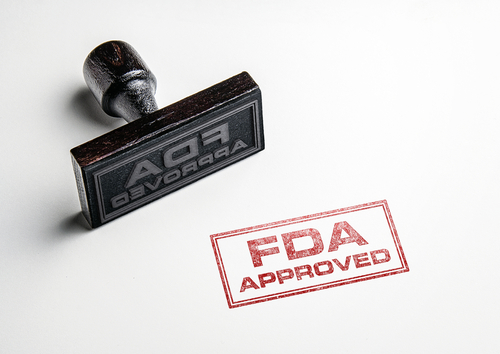This post was originally published on this site
Breast cancer patients in the U.S. who are receptor positive (HR ), human epidermal growth factor receptor-2 negative (HER2-), and have mutated PIK3CA can now be treated with Novartis‘ Piqray (alpelisib) in combination with Faslodex (fulvestrant).
The U.S. Food and Drug Administration (FDA) has approved the use of this combo therapy to treat this specific population of patients with advanced or metastatic breast cancer, including postmenopausal women and men who have progressed on or after an endocrine-based treatment regimen.
“The FDA approval of Piqray, which was discovered at the Novartis Institutes for BioMedical Research, marks the first-ever treatment specifically for HR /HER2- advanced breast cancer with a PIK3CA mutation. We are proud to offer a new treatment option that specifically addresses the needs of the patients living with this mutation,” Susanne Schaffert, PhD, CEO, Novartis Oncology, said in a press release.
Approximately 40% of patients living with HR /HER2- breast cancer have a mutation in the PIK3CA gene, making it the most commonly mutated gene in this group of patients. Patients with PIK3CA mutations are more likely to experience higher tumor growth, be more resistant to endocrine treatment, and have a poor overall prognosis.
Piqray, formerly known as BYL719, was designed to inhibit the detrimental effects of mutated PIK3CA and help overcome endocrine resistance in HR advanced breast cancer.
FDA’s IND approval comes on the heels of results from a Phase 3 clinical trial (SOLAR-1, NCT02437318). The study demonstrated that use of Piqray in combination with Faslodex could lead to a twofold increase in the median progression-free survival of HR /HER2- advanced breast cancer patients with a PIK3CA mutation compared to treatment with Faslodex alone (11 vs. 5.7 months).
The overall response rate (indicated by the proportion of patients who experienced at least a 30% reduction in overall tumor size) was more than doubled when patients with a PIK3CA mutation were treated with Piqray in combination with Faslodex compared to Faslodex alone (35.7% vs. 16.2%).
Also, use of the Piqray plus Faslodex was associated with consistent results across subgroups, including patients previously treated with a CDK4/6 inhibitor such as Verzenio (abemaciclib), Ibrance (palbociclib), or Kisqali (ribociclib).
Recently, the FDA also approved the therascreen PIK3CA RGQ PCR Kit from Qiagen, which can evaluate PIK3CA mutational status, as Piqray’s companion diagnostic test, making it the first combination products to be approved under the FDA Oncology Center of Excellence Real-Time Oncology Review pilot program.
“For the first time, physicians can test for PIK3CA biomarkers and develop a treatment plan based on the genomic profile of a patient’s cancer,” said Fabrice André, MD, PhD, research director and head of INSERM Unit U981, and a professor in the department of medical oncology at Institut Gustave Roussy in Villejuif, France.
Through the use of therascreen, patients with HR /HER2- advanced breast cancer can be selected for treatment with Piqray based on their PIK3CA mutation status.
“If you are facing a complex disease like metastatic breast cancer, you want to follow a path that is specific to your type of disease,” said Shirley Mertz, president of the Metastatic Breast Cancer Network. “Finding the right treatment team and getting the right tests, like testing for the PIK3CA mutation, will help your healthcare team identify accurate, precise treatment options for your disease.”
The post FDA Approves Piqray-Faslodex Combo for Some Patients with Advanced Breast Cancer appeared first on Breast Cancer News.
The post FDA Approves Piqray-Faslodex Combo for Some Patients with Advanced Breast Cancer appeared first on BioNewsFeeds.


